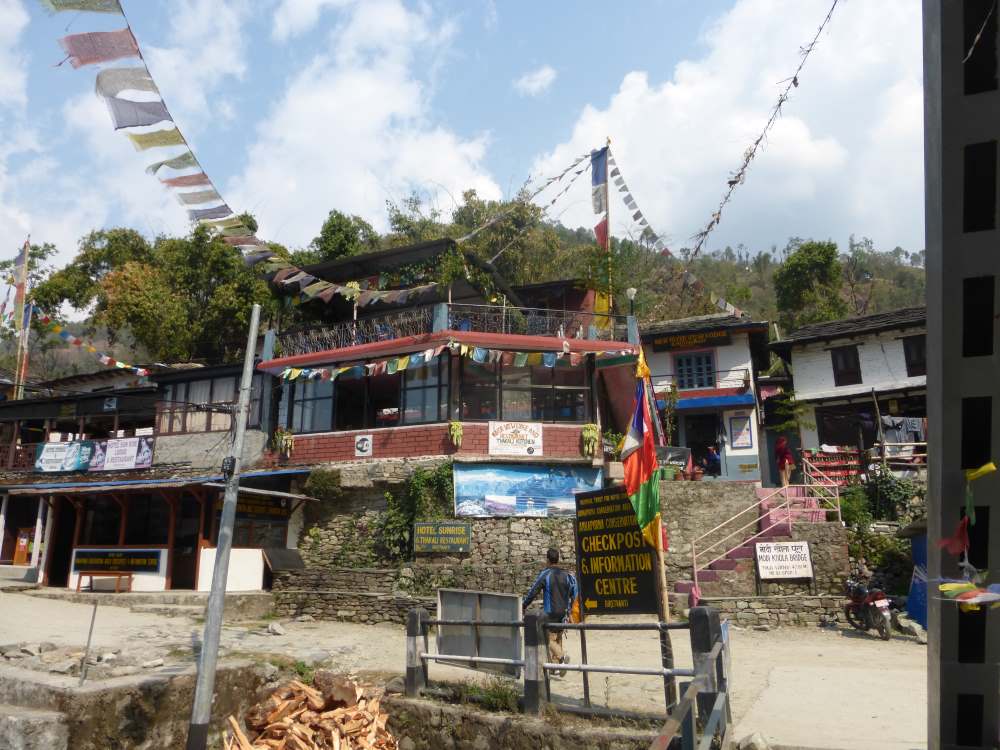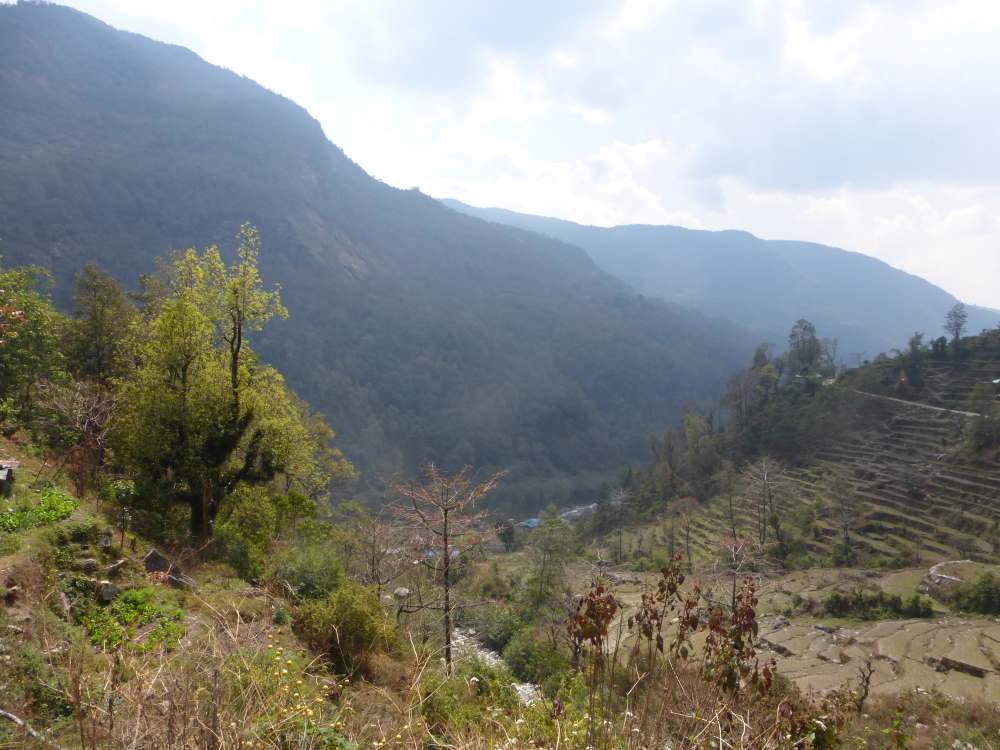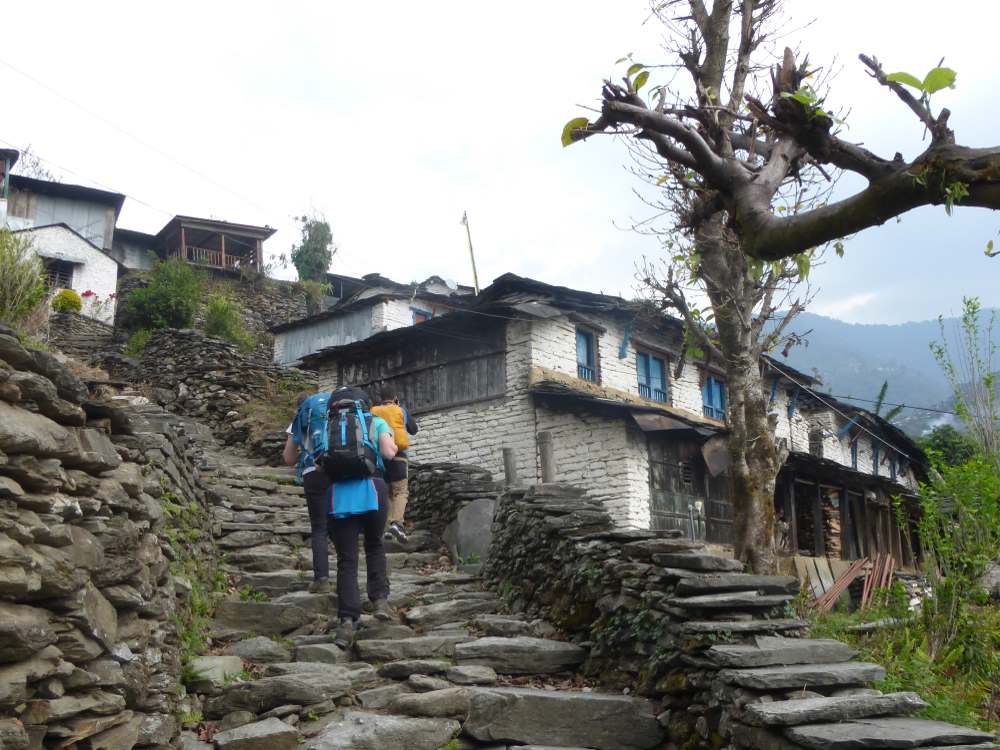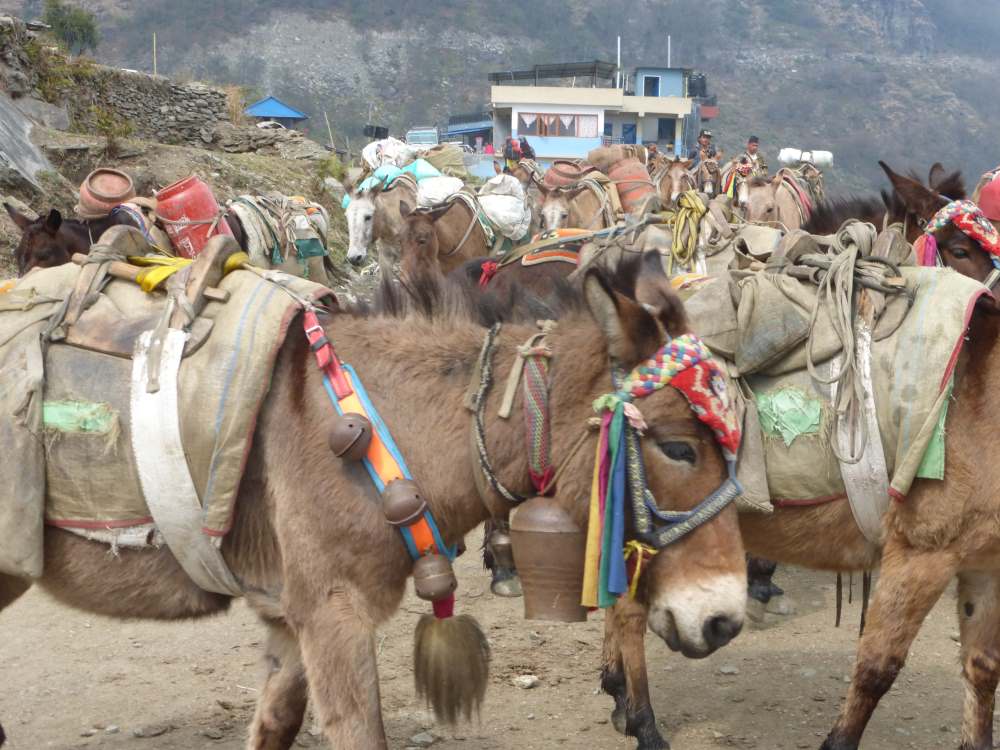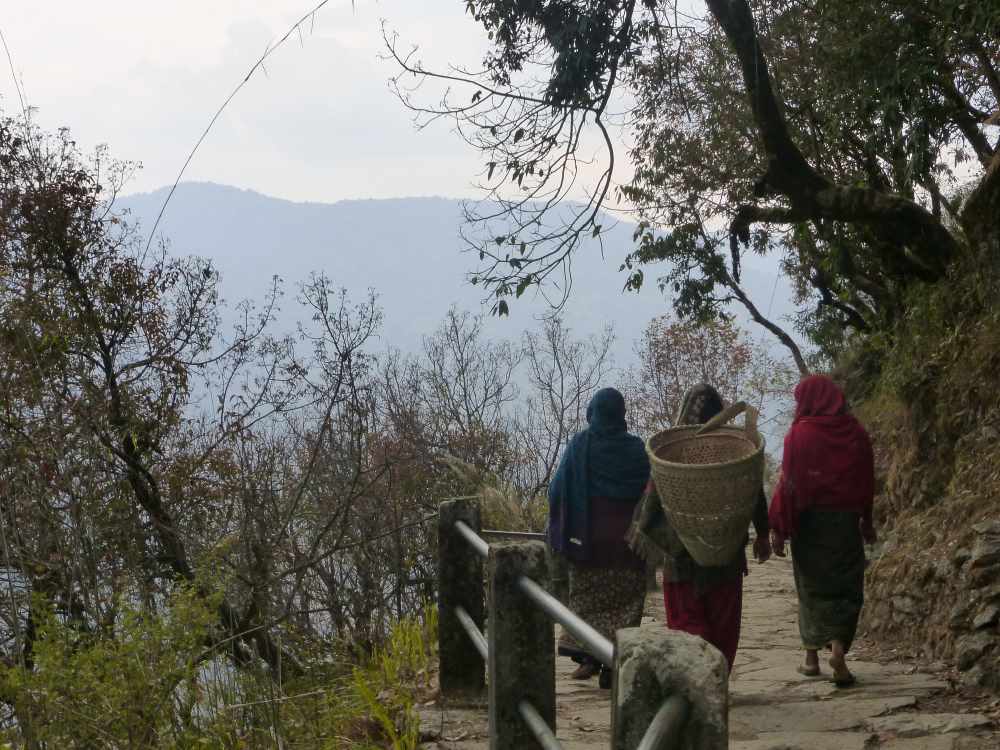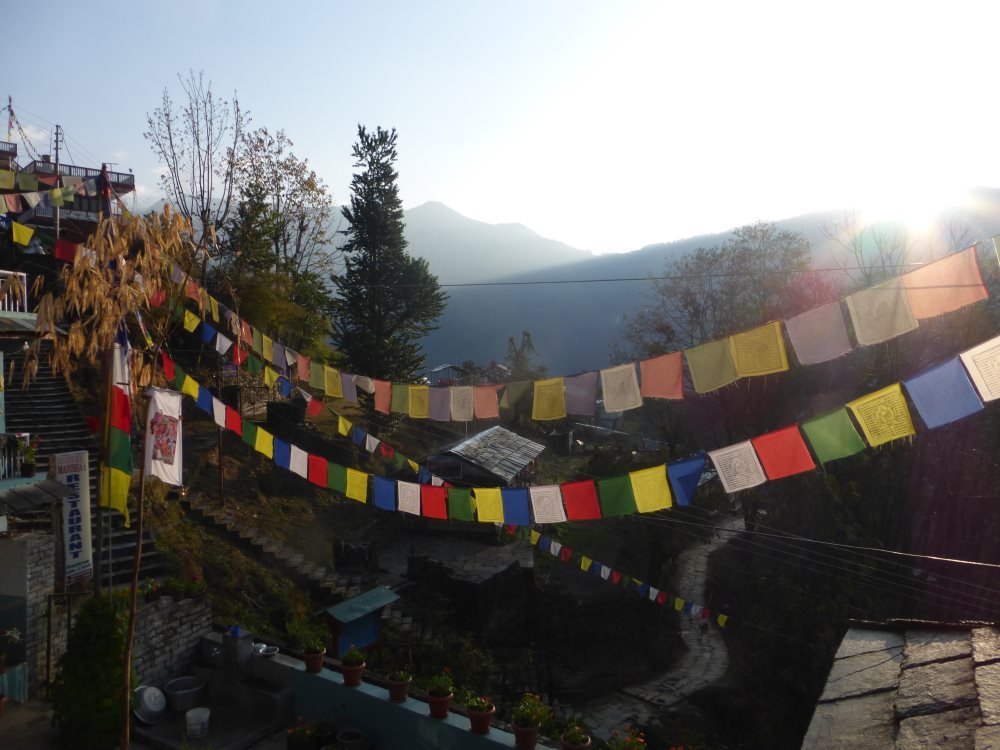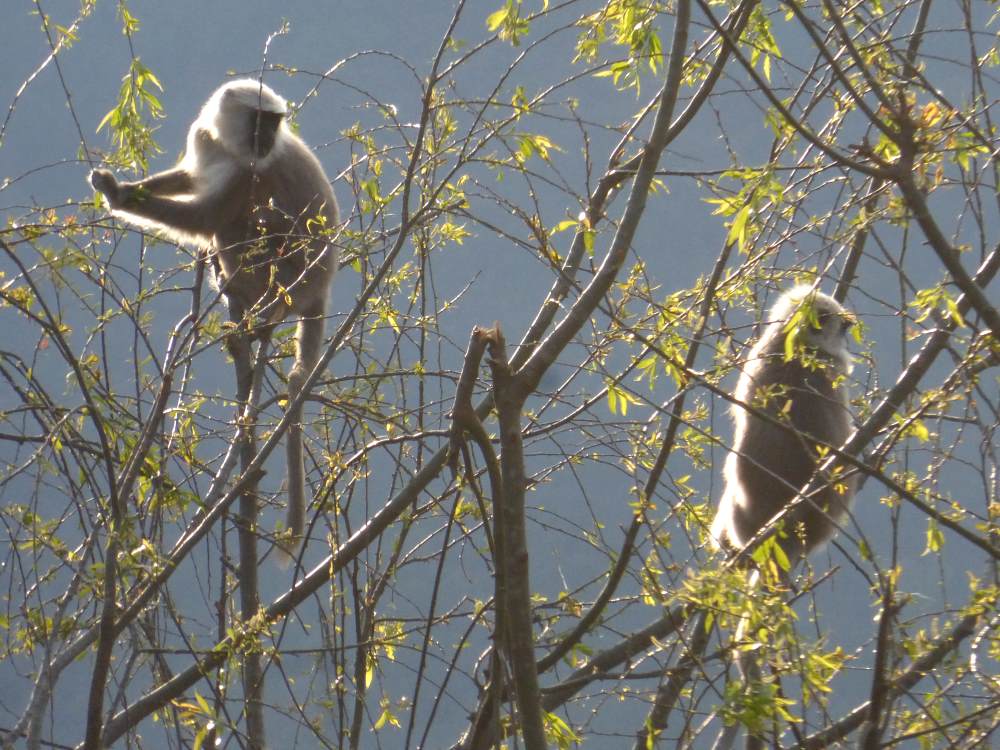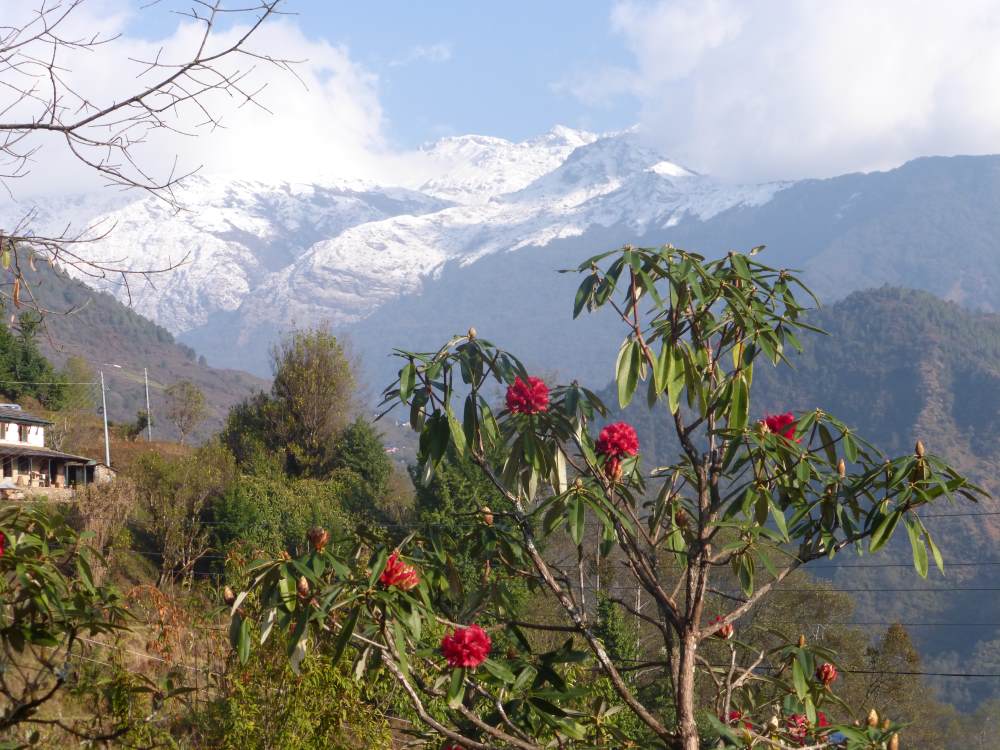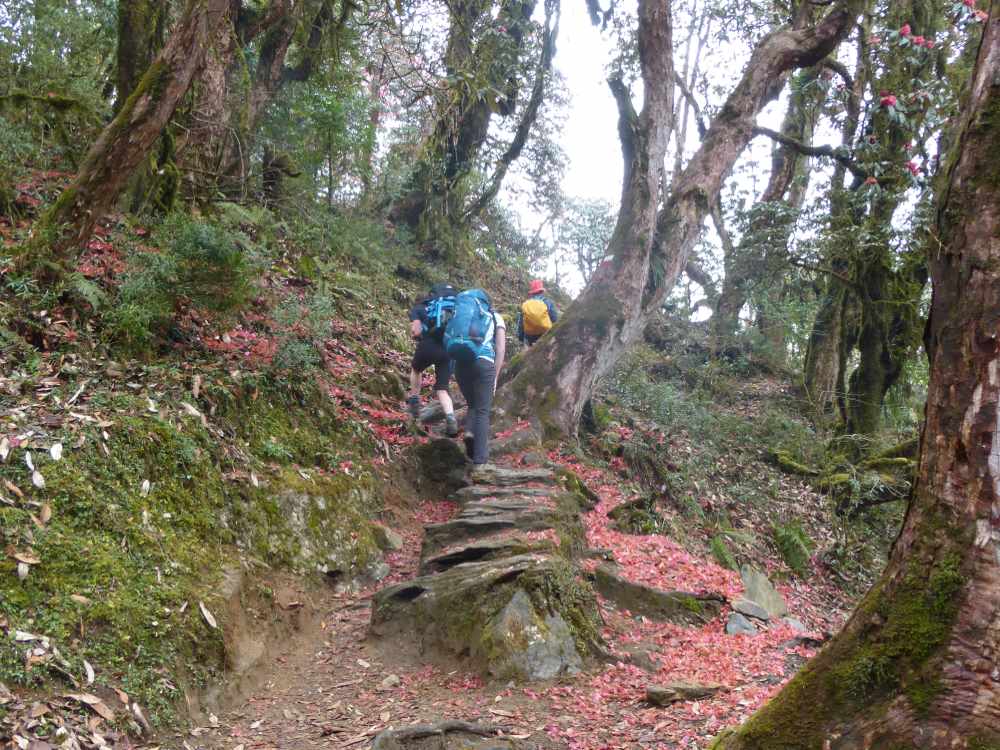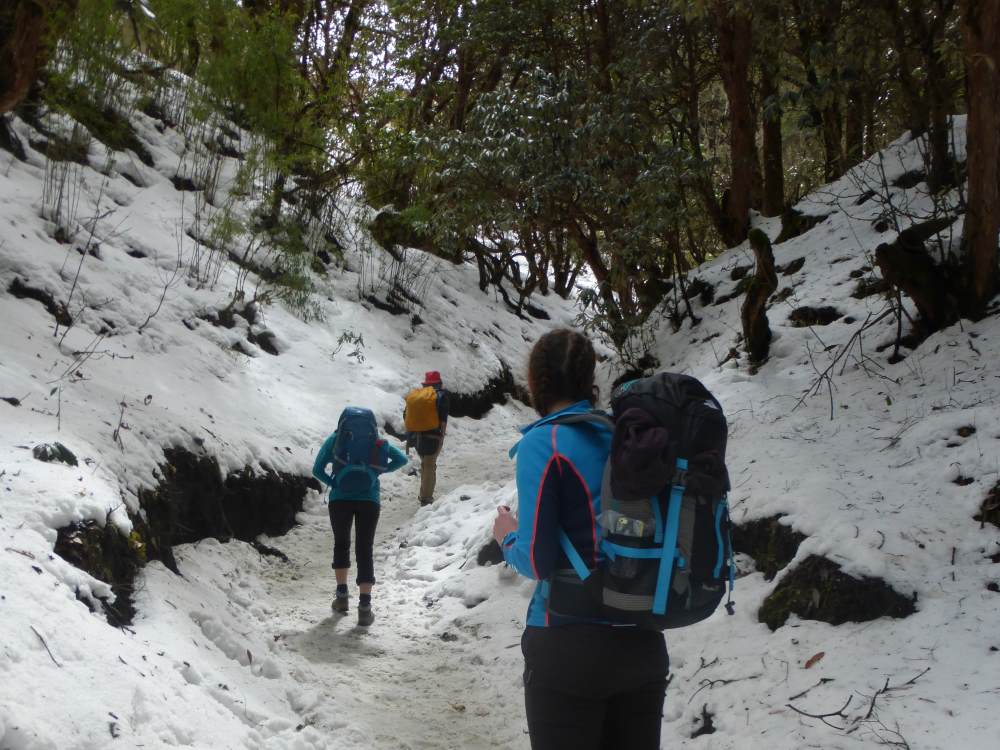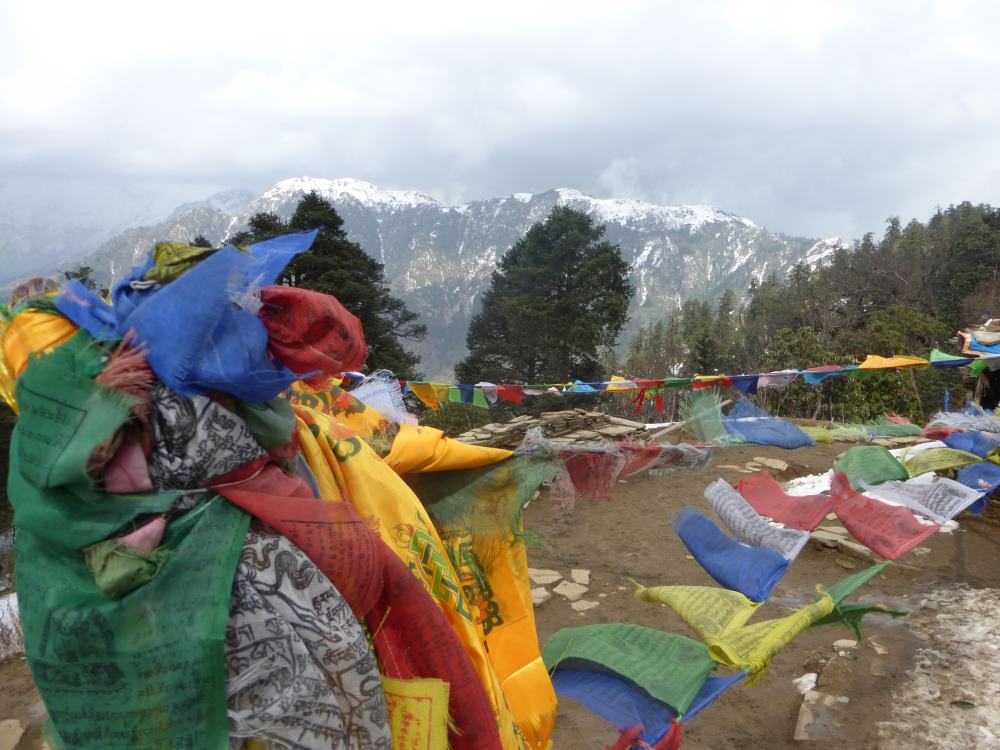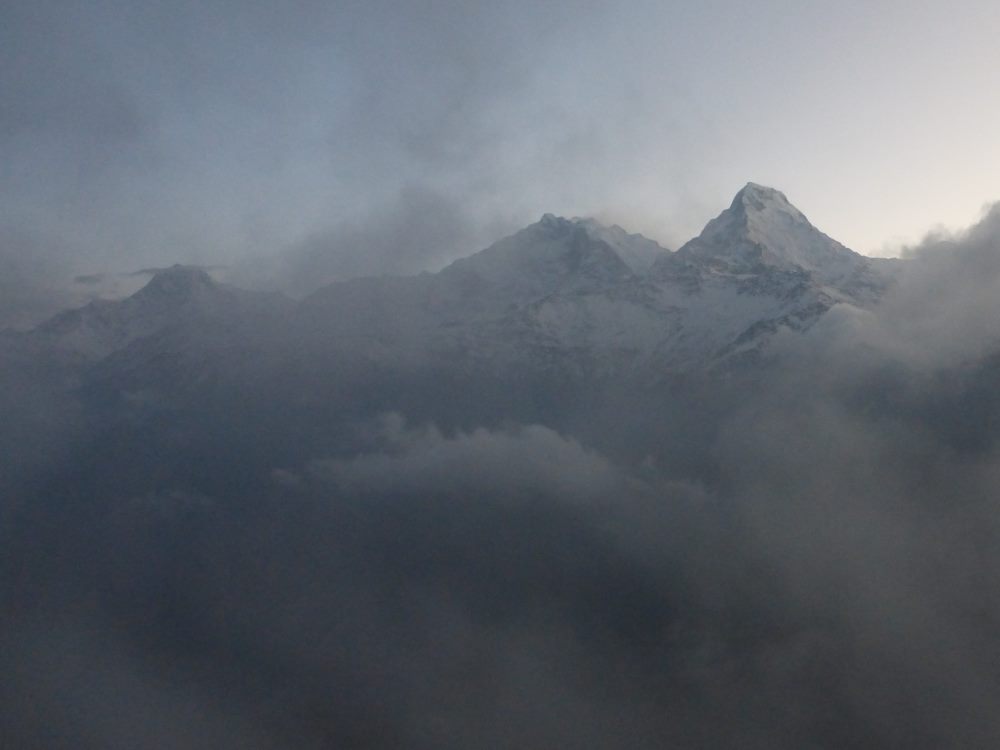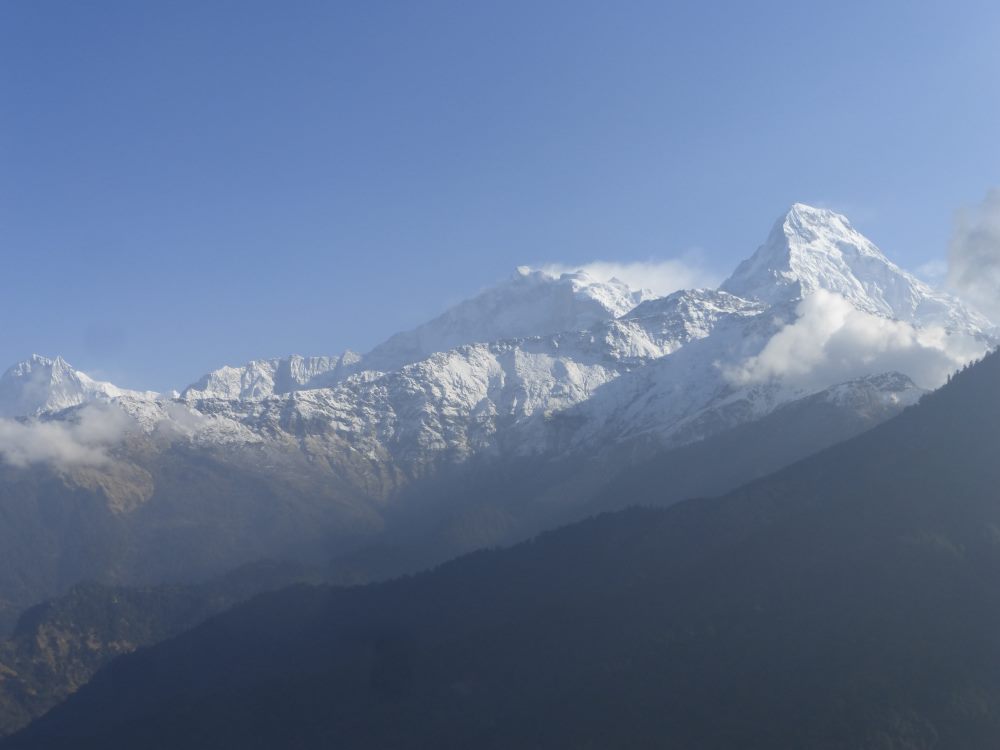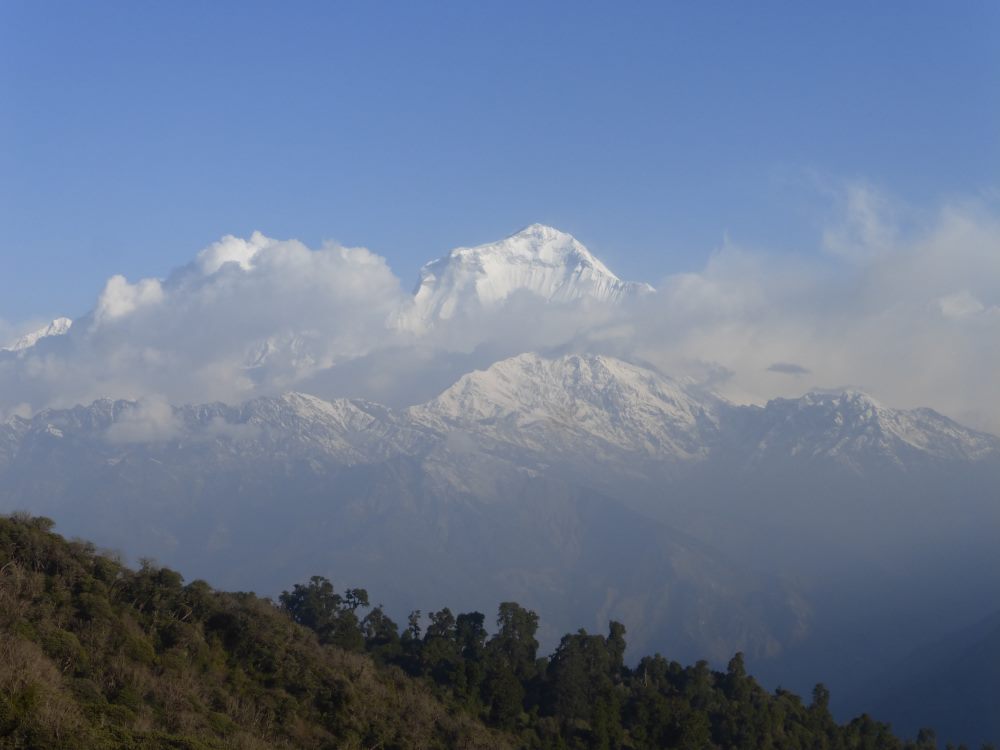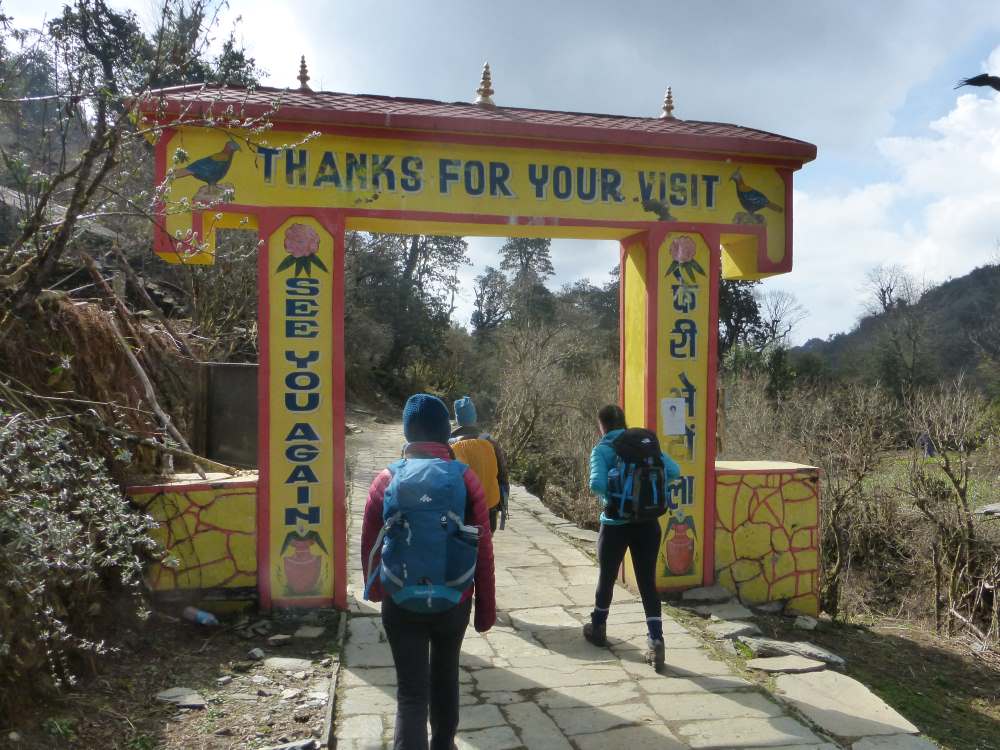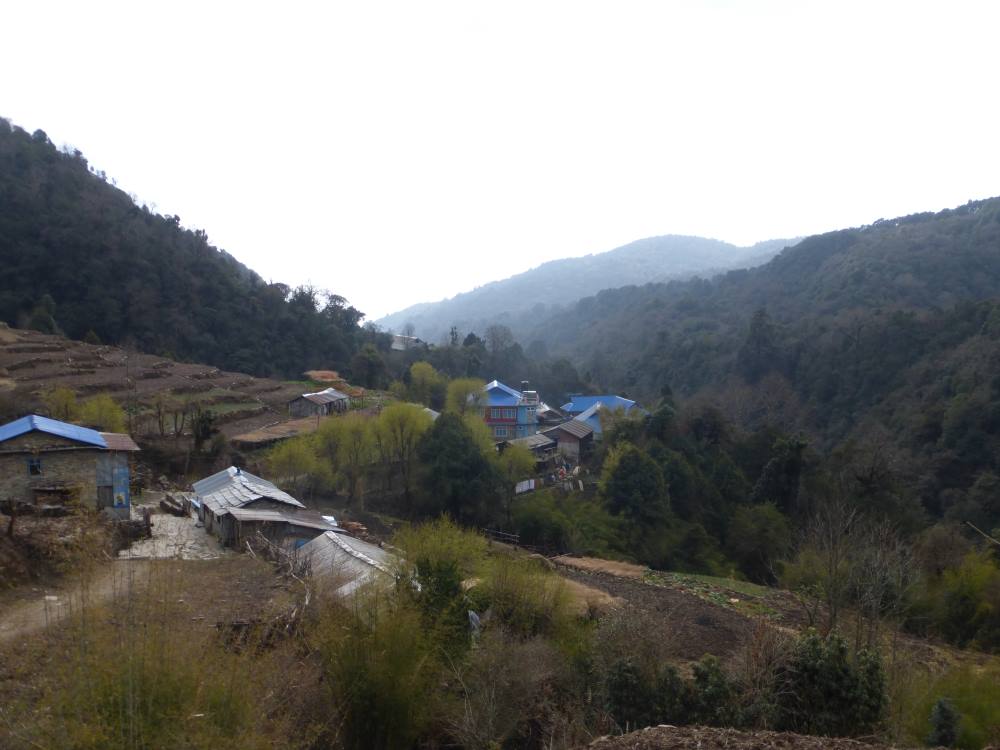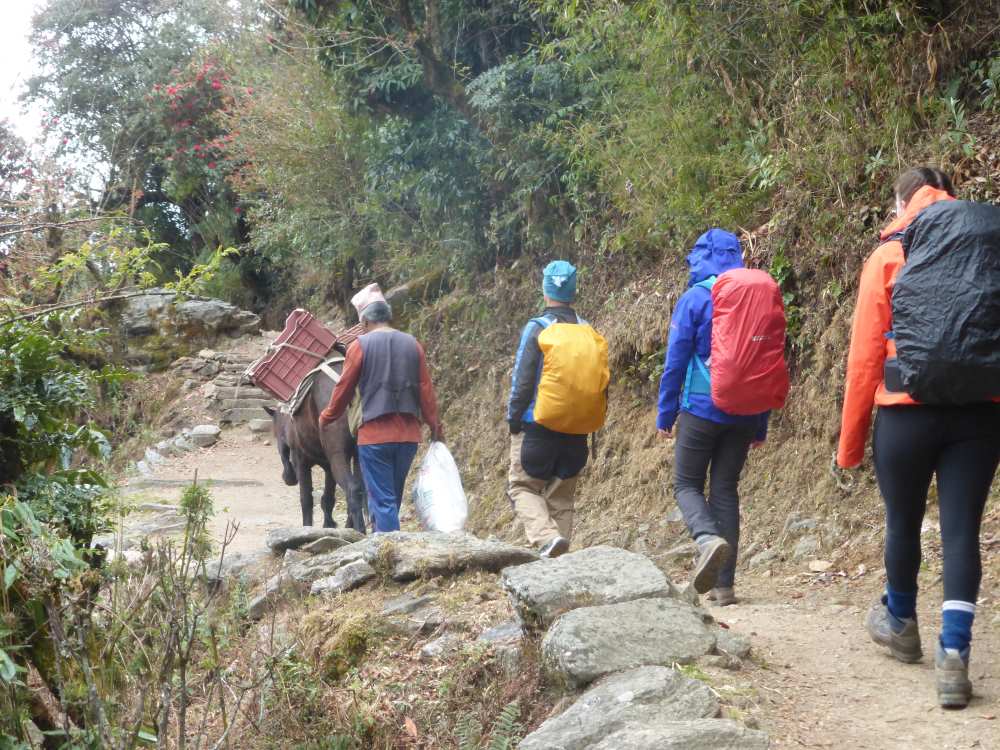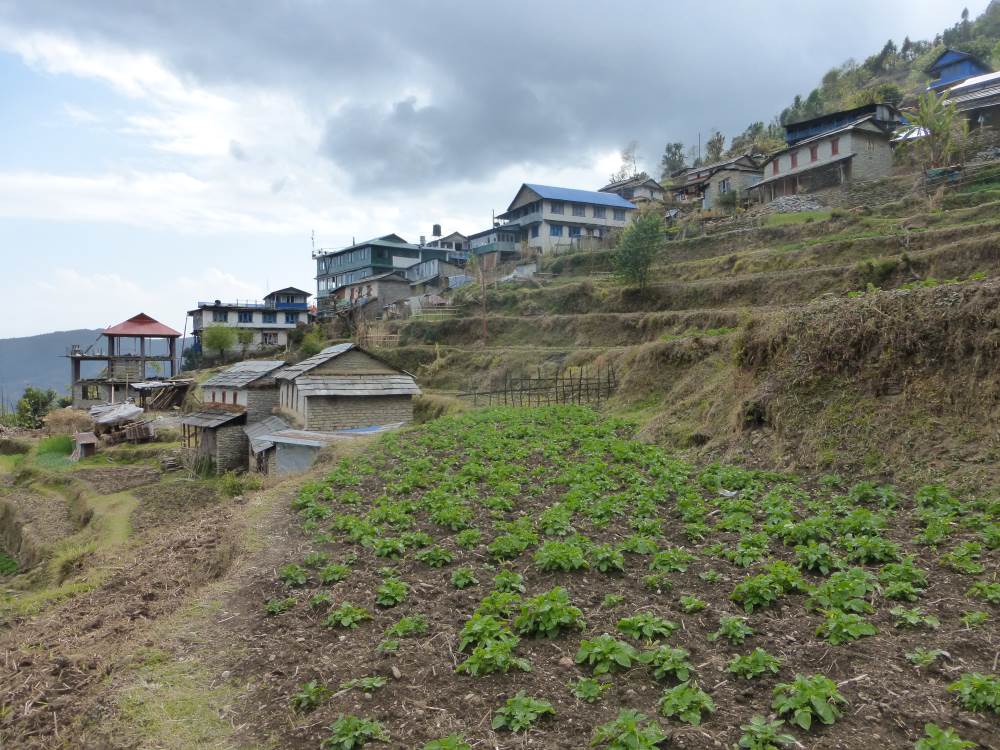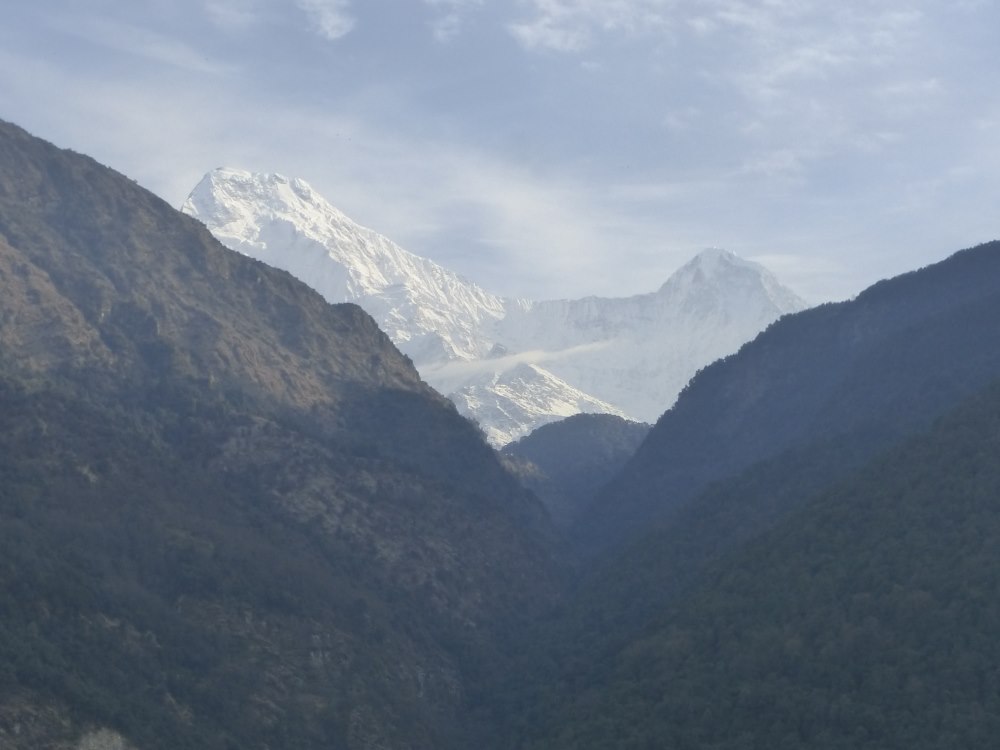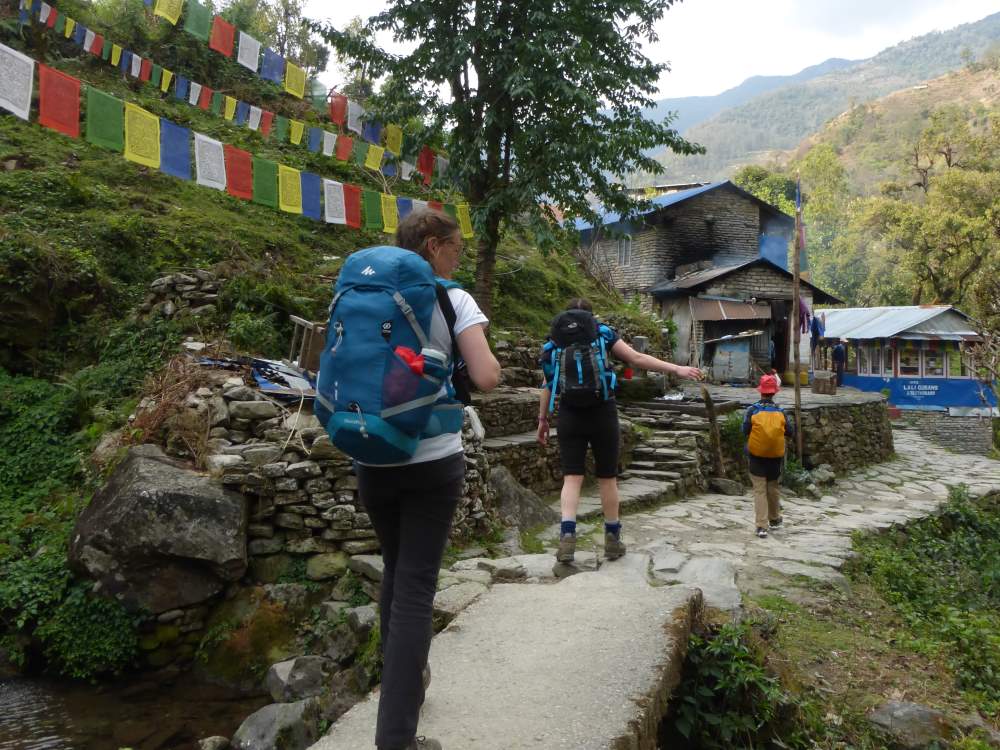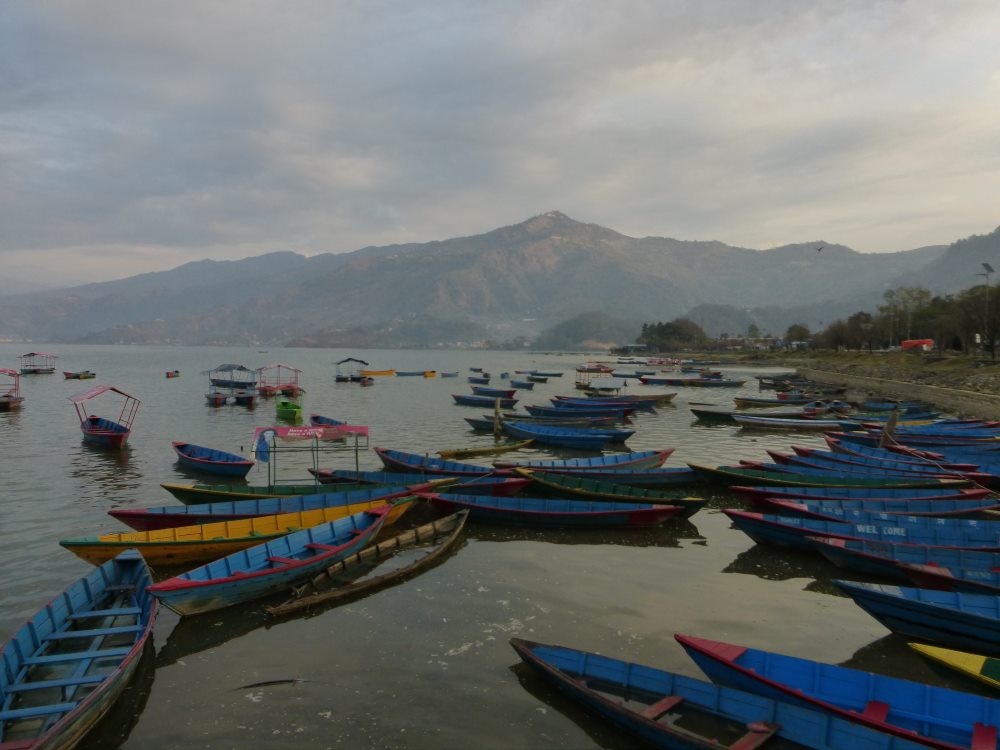Poon Hill
Annapurna, Nepal
March 2017
In 2017 as part of my degree I got the chance to spend 6 weeks in Pokhara, Nepal. I had my weekends off to squeeze in as many adventures as possible and one of the best was a last minute chance to join two friends on the four day Poon Hill trek. They had already booked the trip through an agency (Swissa) who managed to squeeze me on with two day’s notice and were thankfully able to sort out all the hassle of trekking permits for me. In hindsight I’m sure it would be perfectly possible to complete the trek independently however the local guides are friendly and knowledgeable and also very cheap by British standards! If you have time (a couple of days is plenty for well established treks) I would definitely recommend organising everything in country as you can get much better deals by going through the smaller local companies who may lack fancy websites.
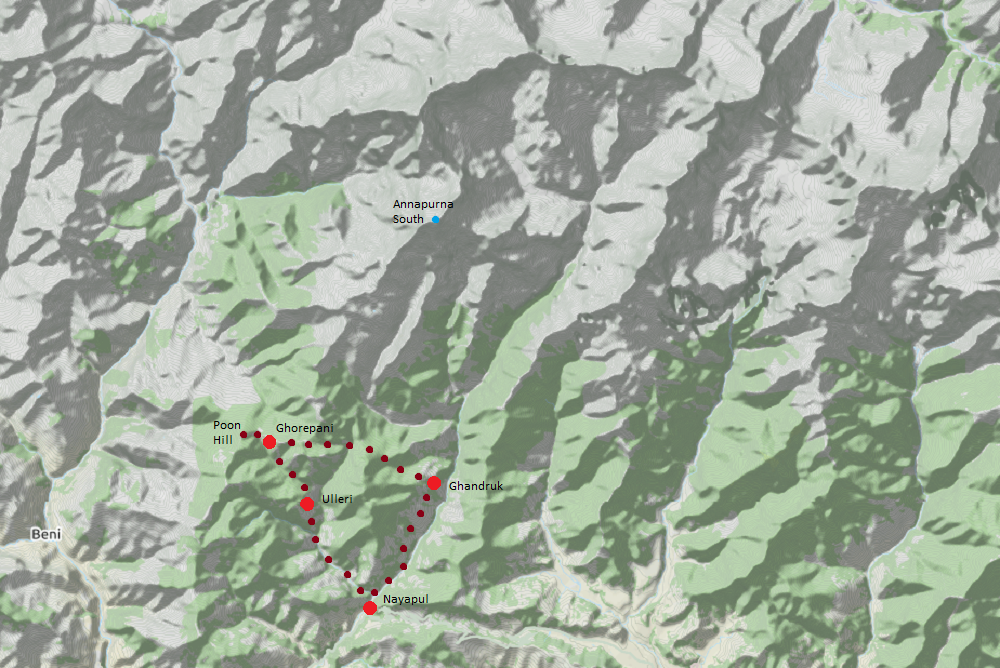
Day 1 Nayapul to Ghandruk
Our trek starts with an early morning jeep ride from Pokhara to Nayapul where we met our guide and headed out onto the trail. Shortly after leaving the village we pass through a prayer-flag covered permit check-point and enter the Annapurna Conservation Area with the feeling that the trek has really begun. After this it’s all about the up, climbing from 1070m at Nayapul to 1939m at Ghandruk via a very large number of stone steps. This first day passes through lots of small villages and terraced farm land. After a couple of hours we pass the official end of the road where provisions are unloaded from rickety minibuses and piled onto a line of donkeys to continue up into the mountains. It offers a real sense of the isolation of many of these places where people may live several days walk from the nearest road. The paths are well maintained though sign-posts are rather limited and we are glad to have a guide to point out the short cuts and reassure us that yes the trail really does pass through that person’s garden.
Day 2 Ghandruk to Ghorepani
After some torrential rain overnight we are woken by a troop of grey langurs enjoying the sunrise in the trees just outside our teahouse. The air is beautifully clear and cold and as we set out onto the trail we were rewarded with our first glimpse of snow capped peaks ahead. From Ghorepani we quickly leave behind the farmed terraces and pass into a thick forest of rhododendron. In mid-march it’s the beginning of the flowering season and the paths are covered with a thick carpet of red and pink petals. There is still a lot of climbing to do but the gentle forest paths are much more forgiving than the steps of the day before and make the climb much less noticeable. We stop for an enormous lunch of Dal Bhat (the local curry – comes with free refills!) at Bandthanti Hill (2660m) and from here the trail levels out significantly, though with the startling addition of a fresh snowfall. Poon Hill is a popular trekking circuit and soon we find that many of the people descending towards us are kitted out with micro-spikes and in one case even an ice axe. Heading up in our summer boots we start to feel somewhat inadequately prepared though the best reassurance comes from the observation that all of the guides (ours included) are managing just fine in trainers. Eventually we make it to Ghorepani, a veritable town of a settlement and the one point on the trail that every trekker stays in anticipation of the sunrise. One thing I quickly learnt about Nepali weather is never to expect a view past midday and at an elevation of 2874m there are thick clouds just above us with no indication of the mountains hiding behind them.
Day 3 Ghorepani to Ulleri
You would expect that lying awake in the dark at 4am in a hotel on a nearly 3000m Himalayan ridge would be a quiet and peaceful experience. Actually it is the point that the personal alarm clocks of 30 guests go off in perfect synchrony and you all stagger blearily into your waiting boots and out into the darkness. Then follows an hour spent climbing sheet-ice covered steps in darkness (bitterly wishing you had a pair of micro-spikes), your head-torch illuminating nothing other than thick freezing fog. As a hint of daylight starts to penetrate the air you arrive at a large metal watch-tower and join the queue of 200 others to ascend its frozen steps in the vain hope that it is tall enough to reach the top of the cloud. It is not. This is Poon Hill. At 3210m it’s the highest summit I’ve ever climbed and it doesn’t even class as a mountain. We’ve gathered to watch the sunrise and after half an hour of doing star jumps in thick down jackets we are rewarded with the thinning of the cloud. Pockets of ice and rock start to appear before us and suddenly there they are, at 8091m the summit of Annapurna is so high above us it feels like we’ve hardly left the ground. We stand there an hour, watching the summits turn pink with the rising sun then fade into the blue of a bright sun-lit day. Two years later it remains the most beautiful sunrise I have ever seen. After a late breakfast we are released from the view by the arrival of the daily clouds and turn to our descent, winding down through yet more rhododendrons to the village of Ulleri. We arrive early in the afternoon to find the local orphanage throwing a “kidz festival” with plenty of face paint and water balloons and it’s a great chance to rest our knees and get an insight into the lives of the local children.
Day 4 Ulleri to Nayapul
Our last morning dawns clear allowing us a final peak at the mountain summits at the top of the valley before getting stuck into the business of going down. Our guide tells us cheerfully today’s path descends over 3000 steps and I’m very thankful that we decided to do the circuit anticlockwise so as not to face this on the way up! We drop quickly, saying goodbye to the rhododendron forests and welcoming back the neat terraces and heat of the lower slopes. This is a short day compared to the rest and before we know it we’re back in Nayapul, squeezing our rucksacks into a jam packed local bus for the trip back to Pokhara
